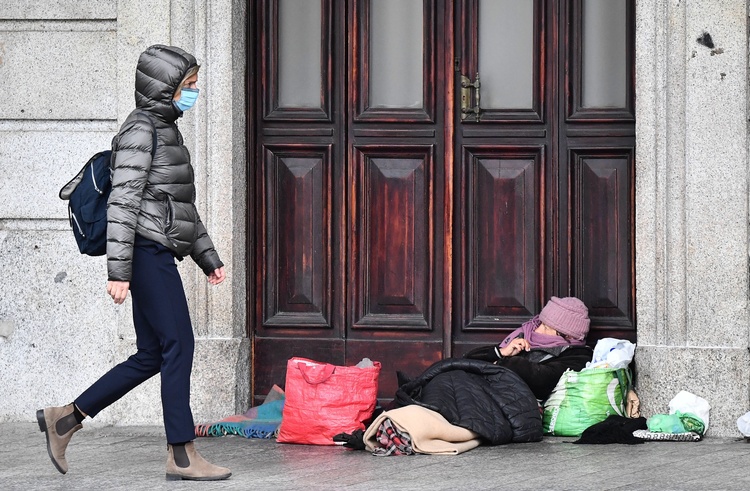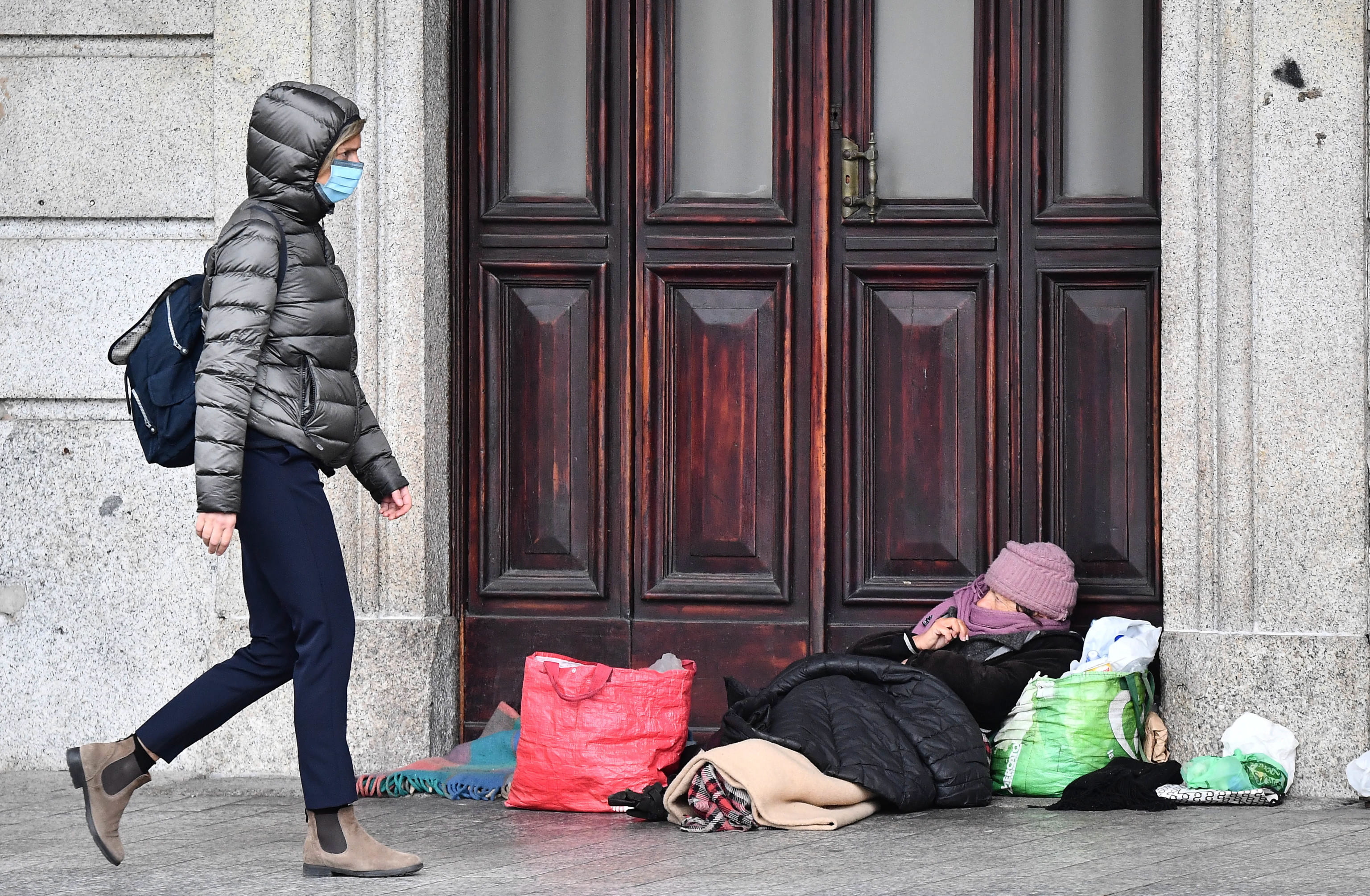The number of people in absolute poverty rose by more than 1 million in 2020, to 5.6 million, out of a total population of around 60 million.
The number of households viewed as poor – where they cannot afford basic living necessities, including food – rose from 1.7 to over 2 million.
In percentage terms, 9.4 per cent of individuals and 7.7 per cent of households were classed as poor – the highest level since the data series began.
In 2005, only 3 to 4 per cent of Italian households and individuals were in absolute poverty.
The rate spiked after 2011, when Italy suffered a major debt crisis, and has remained relatively high since then.
ISTAT reported that Italy’s economy shrunk by 8.9 per cent in 2020, largely due to the coronavirus pandemic.
To date, COVID-19 has killed almost 100,000 people in Italy and has caused the worst recession the country has seen since World War II.
Over the course of 2020, gross domestic product (GDP) was down by almost 9 per cent and nearly 450,000 people – mostly women, younger workers and the self-employed – lost their jobs.
This has further exacerbated the gender gap in Italy’s labour market – in December 2020, 99,000 women lost their employment, versus only 2000 men.
It’s hoped Italy’s economy will improve following the appointment of Prime Minister Mario Draghi, who is renowned for having saved the eurozone in the 2010s.












